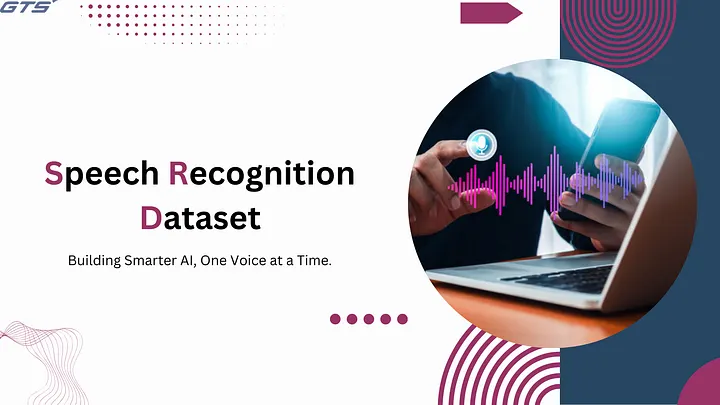 Introduction:
Introduction:
Speech recognition technology has transformed the way humans interact with machines, paving the way for virtual assistants, transcription services, and even real-time translation tools. However, behind the magic of seamless voice commands and automatic speech-to-text conversions lies a fundamental element: high-quality speech recognition datasets.
What is a Speech Recognition Dataset?
A Speech Recognition Dataset is a collection of recorded audio samples paired with corresponding text transcriptions. These datasets serve as the backbone for training machine learning models to understand and interpret human speech accurately. They vary in size, language, accent, background noise levels, and speaker demographics, making them crucial for building robust and inclusive speech recognition systems.
Why Are Speech Recognition Datasets Important?
1. Enhancing Accuracy
The quality of a speech recognition model is directly proportional to the quality of data it is trained on. A diverse dataset ensures that models can recognize speech patterns across different speakers, dialects, and pronunciations.
2. Supporting Multilingual Systems
As globalization increases, speech recognition models must understand multiple languages. Comprehensive datasets help developers create models that support diverse linguistic needs.
3. Improving Accessibility
Speech recognition is vital for individuals with disabilities, enabling voice commands and transcription tools. High-quality datasets make these tools more effective and inclusive.
Types of Speech Recognition Datasets
1. Open-Source Datasets
Open-source datasets are freely available to researchers and developers, fostering innovation. Some popular open datasets include:
-
LibriSpeech: A corpus derived from audiobooks with over 1,000 hours of speech.
-
Common Voice by Mozilla: A crowd-sourced dataset featuring a variety of languages and accents.
-
TED-LIUM: Transcribed TED Talks, useful for understanding professional speech.
2. Proprietary Datasets
Tech giants like Google, Amazon, and Microsoft curate their proprietary datasets to train their speech recognition AI. These datasets are often massive and highly refined but not publicly available.
3. Specialized Datasets
These datasets cater to niche areas such as medical transcriptions, legal proceedings, or customer service calls. Examples include:
-
M-AILABS Speech Dataset: Useful for TTS and ASR systems.
-
Fisher Corpus: Telephone conversations for dialogue-based training.
Challenges in Building Speech Recognition Datasets
Creating a high-quality dataset involves several challenges:
1. Data Diversity
A dataset should include speakers from various age groups, accents, and speaking speeds to avoid bias.
2. Noise Handling
Real-world speech often occurs in noisy environments. Ensuring datasets contain background noise variations helps models perform well in real-life applications.
3. Ethical Considerations
Data privacy and consent are crucial when collecting voice samples. Responsible data handling practices must be in place.
The Future of Speech Recognition Datasets
With advancements in AI, speech recognition datasets are evolving. The integration of synthetic voice data, real-time dataset updates, and federated learning techniques are shaping the future of speech recognition. The focus is shifting towards making datasets more inclusive and adaptable to various real-world scenarios.
Conclusion
Speech recognition is only as good as the datasets that power it. As researchers and developers continue refining datasets, we can expect smarter, more accurate, and more inclusive voice-enabled technologies in the years ahead. Whether it’s an AI assistant understanding regional accents or real-time speech translation breaking language barriers, the role of high-quality datasets remains pivotal in driving innovation.
Comments on “Unlocking the Power of Speech Recognition: The Role of High-Quality Datasets”